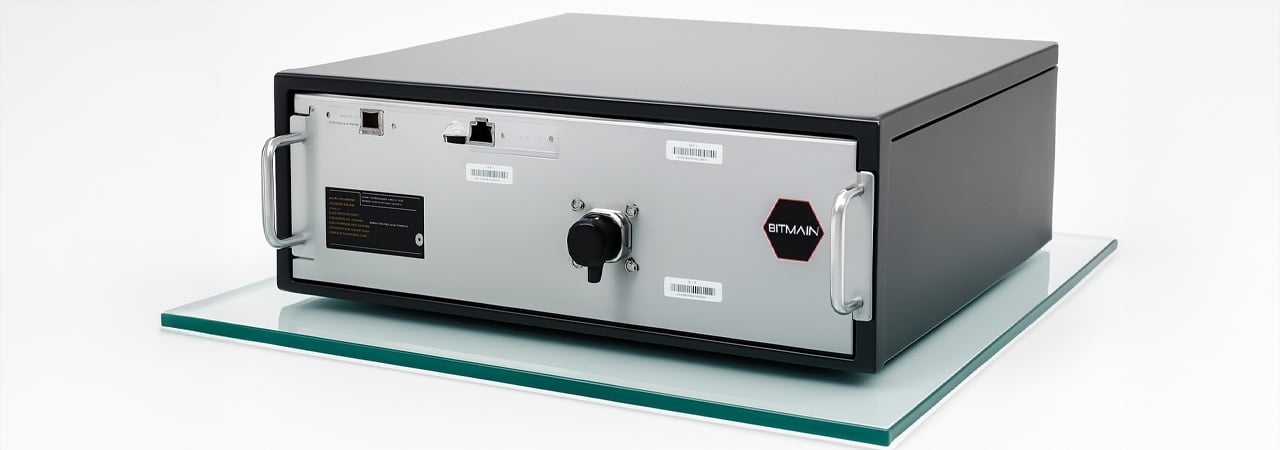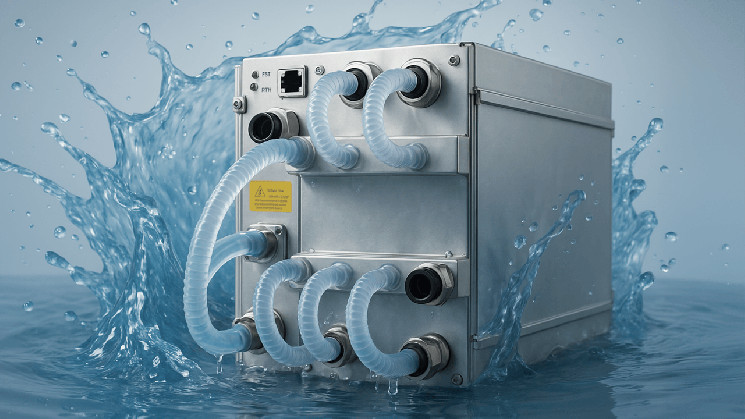Inside the realm of Bitcoin mining, superior machine waves have improved efficiency to heights that haven’t been seen earlier than prior to now 12 months. Titans in industries akin to Bitmain proceed to dominate, however challengers like Bitdeer and Auradine enter aggressive arenas with confidence and compete in much less noticeable methods.
Liquid Revolution – Dive into Prime Tier Bitcoin Mining {Hardware} in 2025
As March 2025 approaches the tip of the 12 months, Bitcoin's complete hash price has just lately hit a document excessive of 862 exahashes (EH/s) per second, and is at the moment hovering at 853 EH/s. BTC costs have risen by greater than 26% since half, however miners have earned considerably lower than earlier than the occasion.
Nevertheless, for firms geared up with the newest era of application-specific built-in circuit (ASIC) machines, advances in know-how have supplied important benefits. As we speak's high mining {hardware} operates inside a hashrate spectrum that ranges from 400 tera hashs (TH/s) per second to 860 Th/s.

Bitmain's Antminer S21E XP Hydro 3U machine.
On the forefront of this class, Bitmain's Antminer S21E XP Hydro 3U models peak at 860 th/s. Methods just like the Hydro 3U (11,180 watts (W)) seem like much less environment friendly than options that originally devour between 5,500 and seven,500 watts, however the integration of direct liquid to chip (DLC) cooling know-how adjustments calculus.
In comparison with DLC accuracy, conventional air-cooled setups are pale, because the latter instantly targets the thermal output on the supply. This innovation ensures sustained efficiency ranges even throughout long-term, high-strength operations by avoiding the bounds of ambient airflow.
The machine flaunts 860 Th/s, however maintains an power effectivity ratio of 13 Joules per Terrahash (J/T). Undoubtedly, liquid-cooled programs are these which can be immersed or hydropowered – they emerge as uncontroversial sovereigns on this thermal arm race, overturning rivals that depend on outdated airflows.
The runner-up title is Aurazine's US-designed AH3880 Hydro-Cooled unit. When activated in “Turbo Mode”, this liquid-stained ASIC achieves 600 Th/s at 16.5 j/t. In “Regular Mode”, the AH3880 hums alongside 450 Th/s and sipped the facility at a modest 14.5 j/t.
Full Trifecta on Bitmain's Antminer S21 XP+ Hydro, which generates 500 Th/s. This ASIC consumes 5,500 W of energy, however operates with a lean power effectivity profile of round 11 j/t. The bitmain unit homes a number of coolant choices, together with antifreeze, purified H2O, and deionized water.
Bitdeer manufactures water-cooled ASICs that produce roughly 500 Th/s with an power effectivity of 14.9 Joules per Terrahash (J/T). Launched this month, the 7,450 watts (W) unit known as the SealMiner A2 Professional Hydro runs at this efficiency stage.
Individually, in fifth place from the Terahash output perspective, Microbt's Whatsminer M66S ++ ASIC produces 348 Th/s below commonplace situations. Overclocking permits its output to extend from 400 to 430 th/s. The hydroelectric gadget consumes 5,394 W and maintains an effectivity of 15.5 j/t.
Legacy air-cooled miners retain a typical foothold in sectors that proceed to deploy superior air-cooling iterations, however their operational metrics are pale in comparison with flow-cooling thermal Titans.
These fashionable wonders additionally work at quieter decibel ranges. That is in stark distinction to conventional unit dissonant drones, with some firms migrating to liquid cooling fleets to keep away from acoustic sounds. Conversely, liquid cooling programs have premium worth tags, and their deployment requires a big upfront funding in specialised infrastructure.


